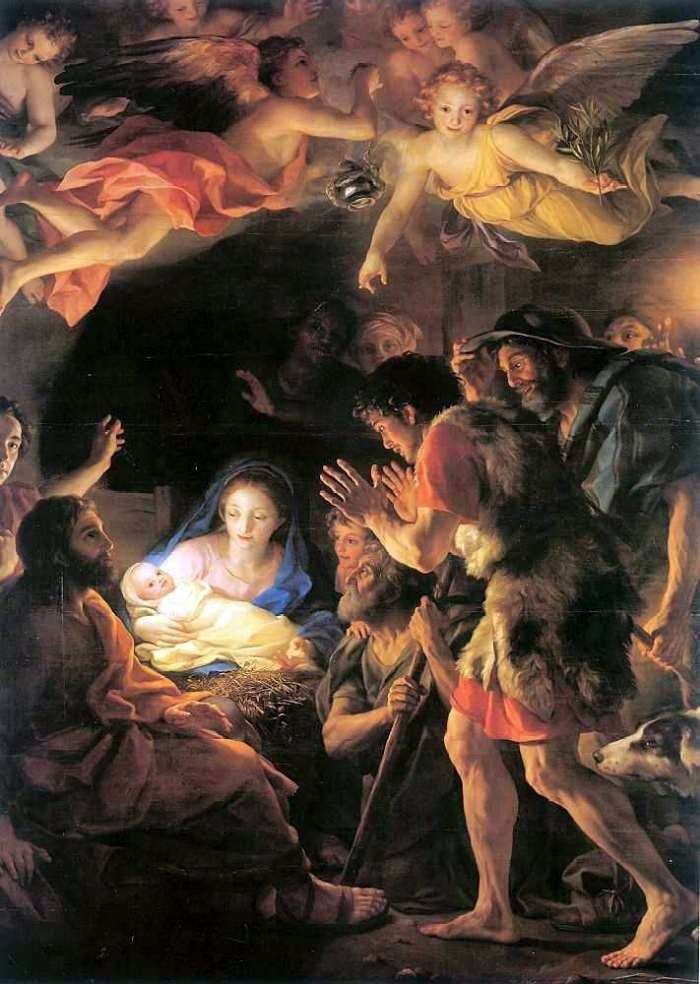
The canvas “Adoration of the Shepherds” was written by Menges in Rome specifically for the Spanish collection. In this work, which is significant for the understanding of the artist’s work, one can clearly see the influence on his works of the Italian tradition. However, the cold drawing, the special elegance in the depiction of angels, the workload of figures and details, and the almost enamel painting make this work a part of rococo art.
The compositional center of the picture is the image of the Madonna leaning towards the Infant. This is the brightest place in the picture, as if immersed in the twilight. Next to them, a dimly lit profile toward the shepherds’ figures on the ground sits Joseph. Behind him, the artist depicted his self-portrait with a raised hand. On the other side of the Madonna are the shepherds. The attention that Mengs gives to the almost sculptural interpretation of the muscles of their legs and arms speaks of the artist’s interest in Caravaggism as a realistic trend in Italian painting.
The works of Mengs say that the artist is equally attracted by the realistic and contrasting chiaroscuro, typical of the works of Caravaggio, and the sweet style of Rococo painting. But in the portraits Mengs knows how to stick to one pictorial language, which makes them more significant works.
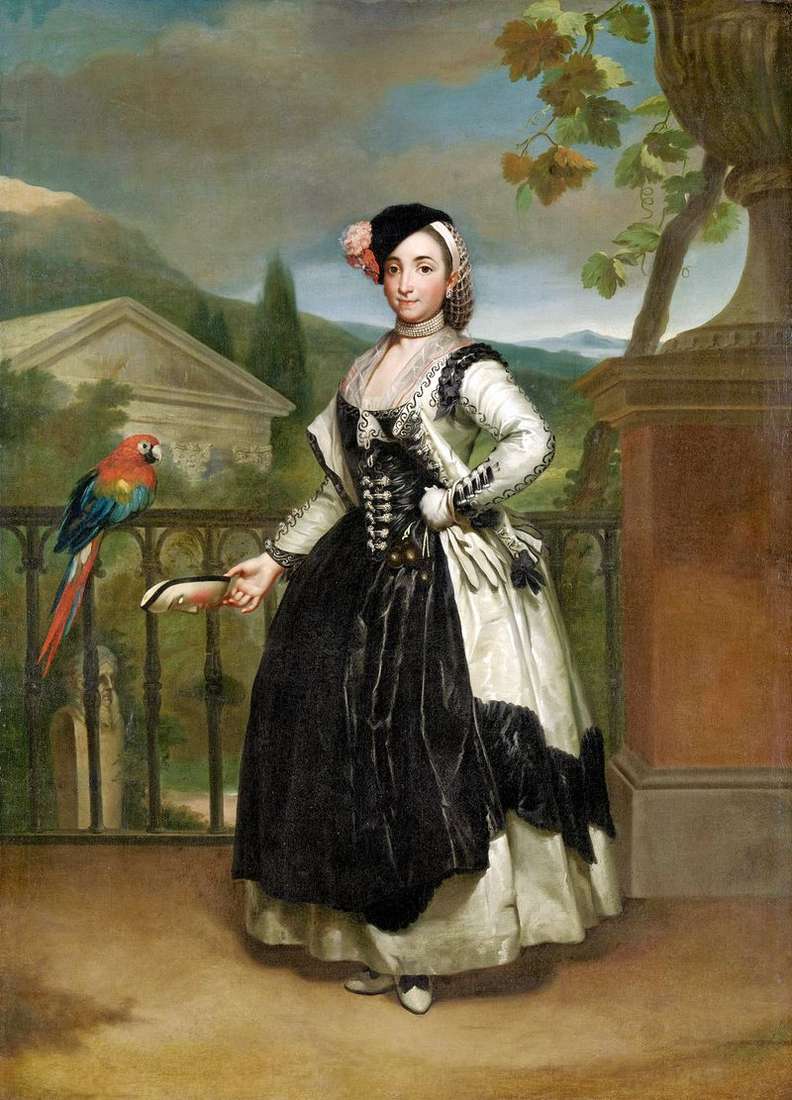 Marquise de Llano by Anton Raphael Mengs
Marquise de Llano by Anton Raphael Mengs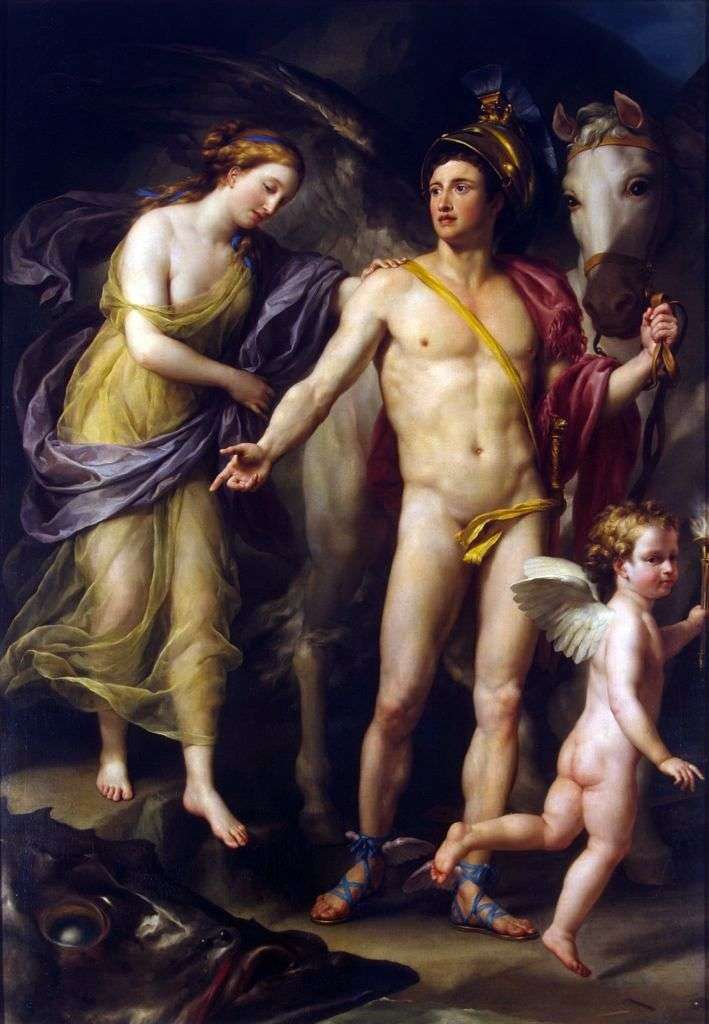 Perseus and Andromeda by Anton Raphael Mengs
Perseus and Andromeda by Anton Raphael Mengs Adoration des bergers – Anton Rafael Mengs
Adoration des bergers – Anton Rafael Mengs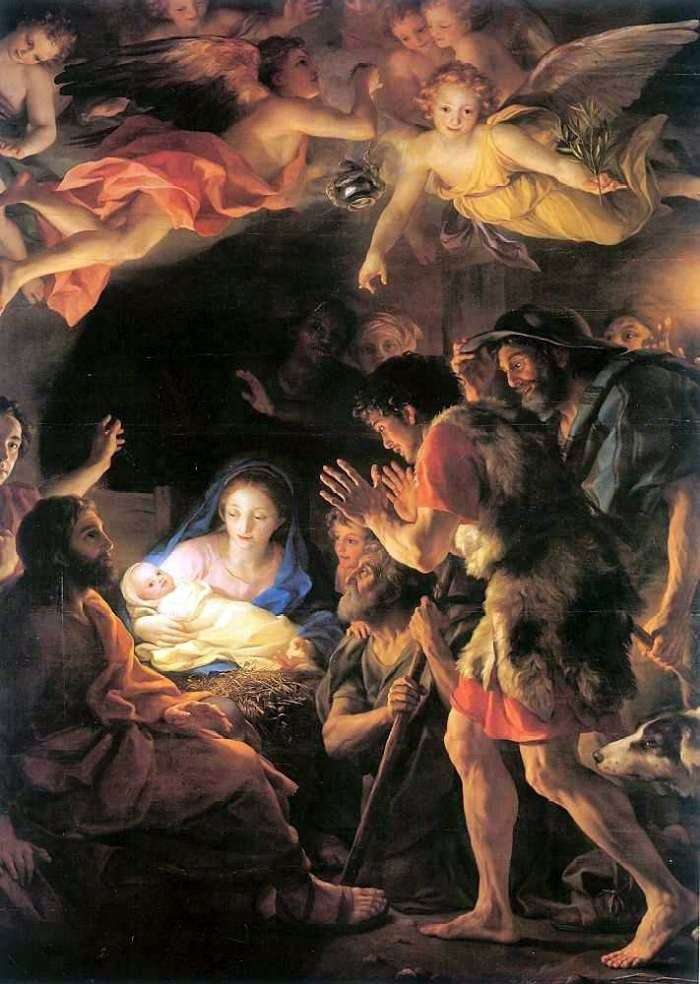 Adoración de los pastores – Anton Raphael Mengs
Adoración de los pastores – Anton Raphael Mengs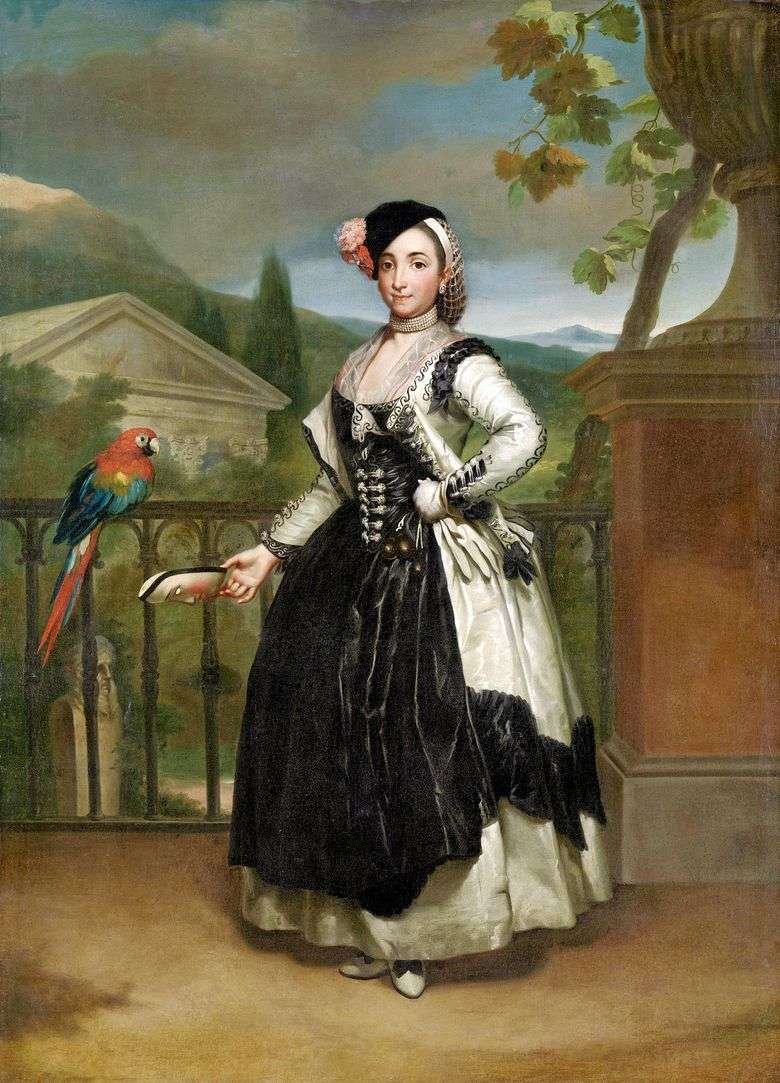 Marquise de Llano – Anton Raphael Mengs
Marquise de Llano – Anton Raphael Mengs The Adoration of the Shepherds by El Greco
The Adoration of the Shepherds by El Greco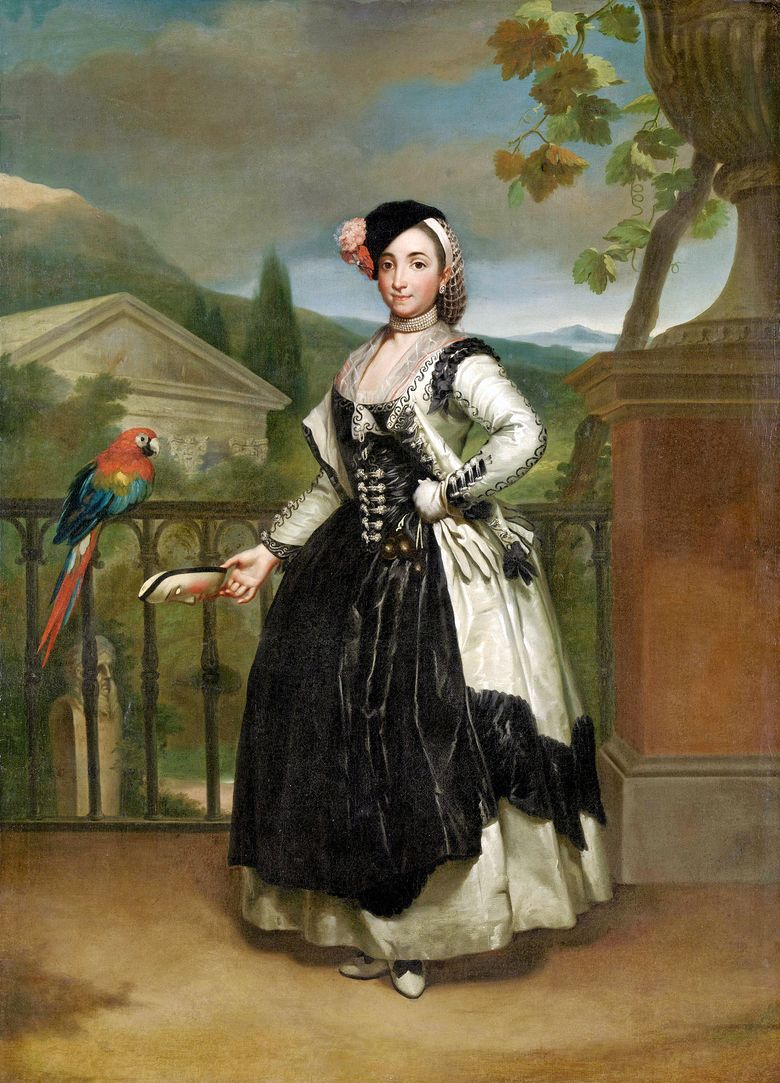 Marquise de Llano – Anton Rafael Mengs
Marquise de Llano – Anton Rafael Mengs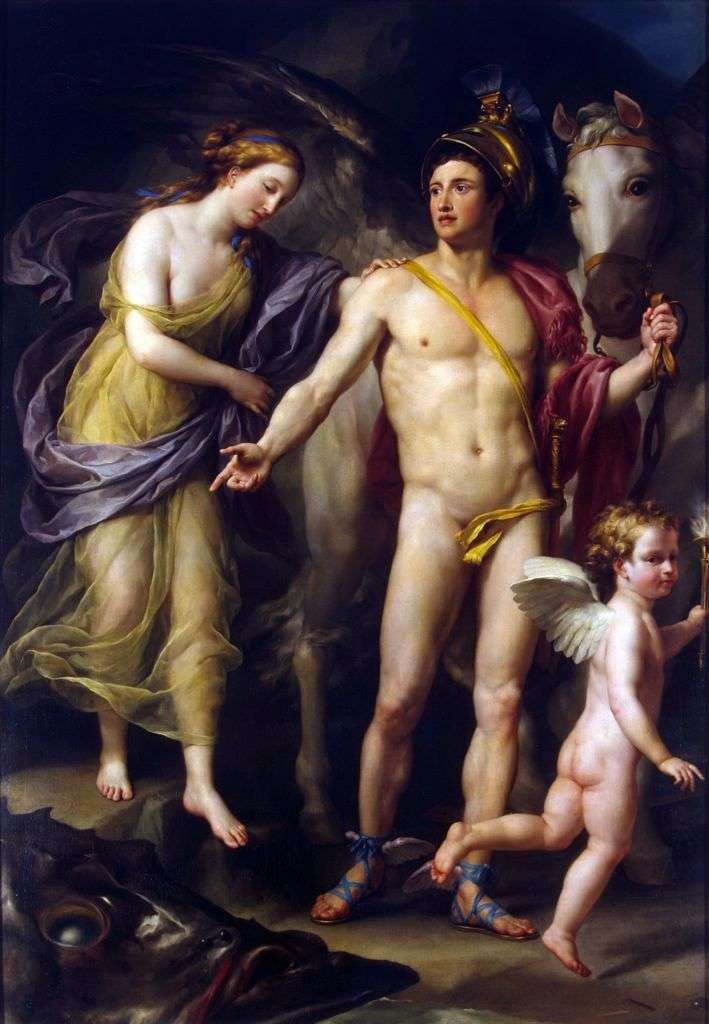 Perseo y Andrómeda – Anton Raphael Mengs
Perseo y Andrómeda – Anton Raphael Mengs